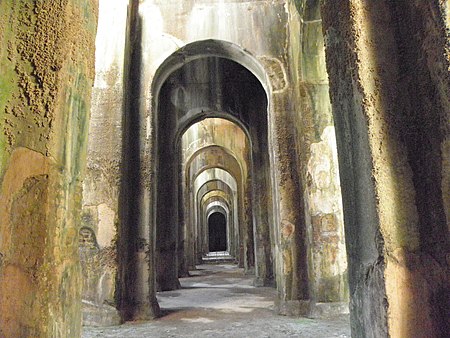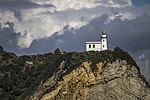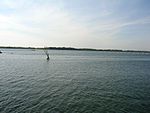Piscina Mirabilis
Archaeological sites in CampaniaBacoliBuildings and structures in CampaniaPhlegraean FieldsReservoirs in Italy ... and 2 more
Roman cisternsTourist attractions in Campania

The Piscina Mirabilis (Latin for "wondrous pool") is an Ancient Roman cistern on the Bacoli hill at the western end of the Gulf of Naples, southern Italy. It ranks as one of the largest ancient cisterns built by the ancient Romans, compared to the largest Roman reservoir, the Yerebatan Sarayi (aka Basilica Cistern) in Istanbul. The adjective Mirabilis was given by the 14th c. Tuscan poet Francesco Petrarca on one of his visits.
Excerpt from the Wikipedia article Piscina Mirabilis (License: CC BY-SA 3.0, Authors, Images).Piscina Mirabilis
Via Piscina Mirabile,
Geographical coordinates (GPS) Address External links Nearby Places Show on map
Geographical coordinates (GPS)
| Latitude | Longitude |
|---|---|
| N 40.795277777778 ° | E 14.08 ° |
Address
Piscina Mirabilis
Via Piscina Mirabile
80070
Campania, Italy
Open on Google Maps









